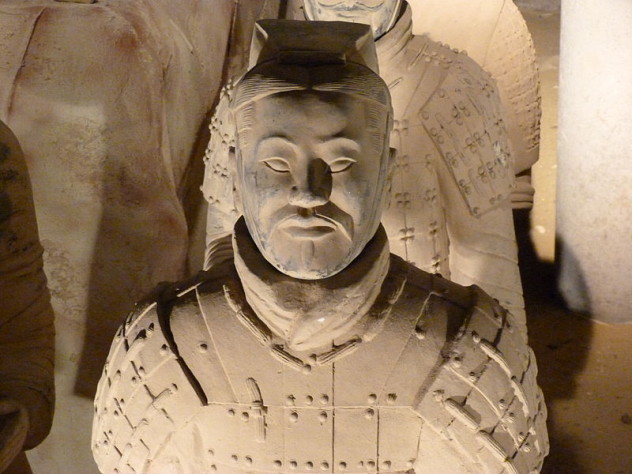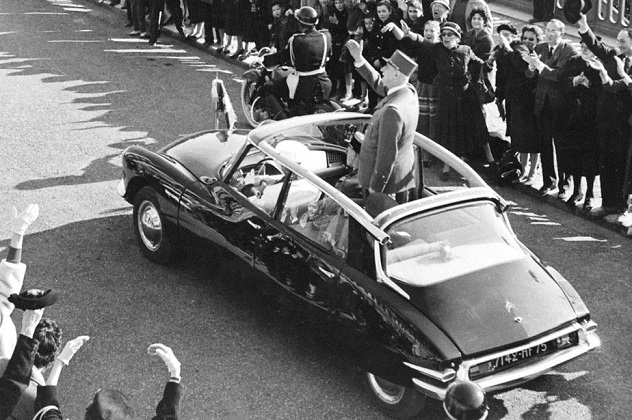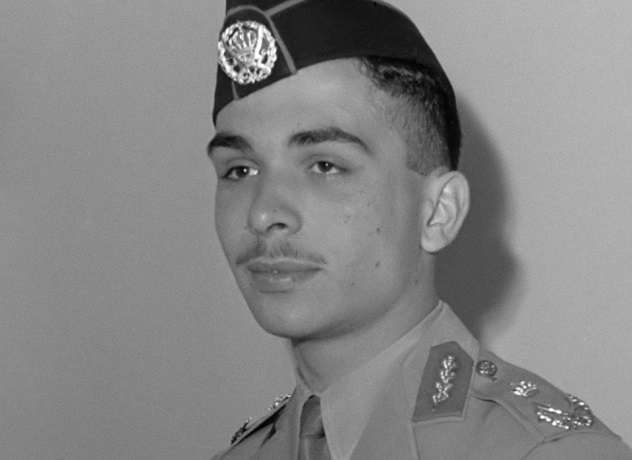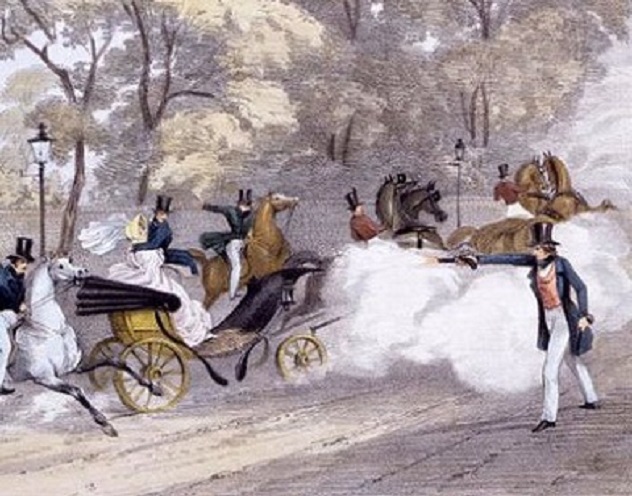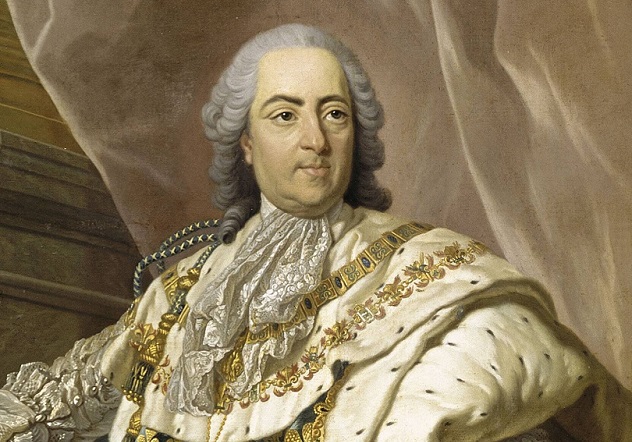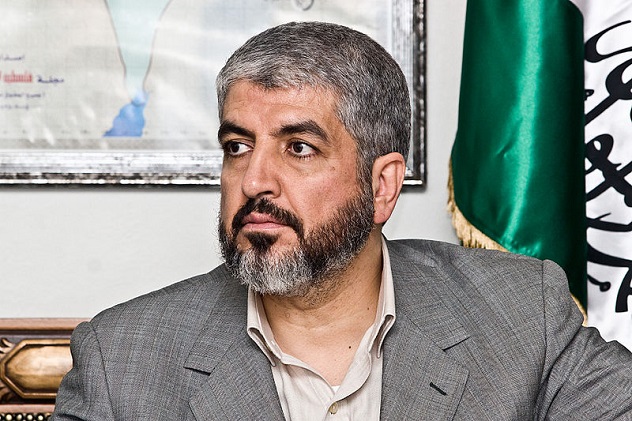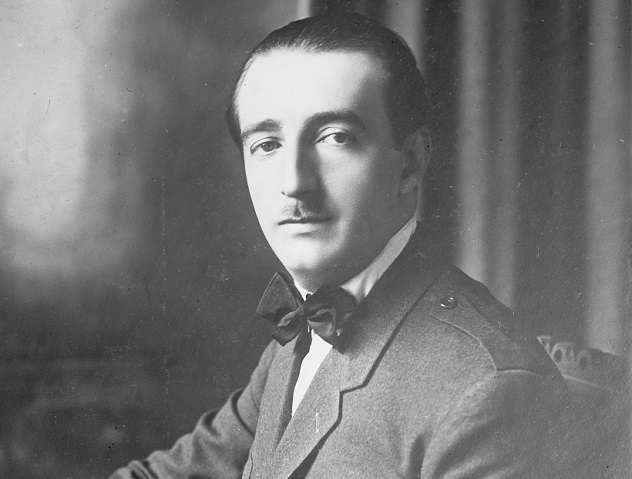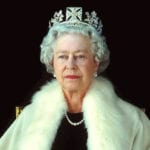10China’s First Emperor vs. A Gigantic Hammer
By 218 B.C., Qin Shi Huang ruled as China’s first emperor. Along the way, he crushed six rival kingdoms. A man known later as Zhang Liang swore vengeance on the emperor, as several members of his clan were wiped out by the Qin onslaught. Zhang sold everything he owned with the hope of hiring someone to take Qin out. Such a person materialized in the form of an unnamed wandering strongman who wielded a huge iron hammer said to have weighed over 60 kilograms (132 lb). The two ambushed the emperor as his carriage passed, and the strongman threw his weapon with such force that it completely destroyed the carriage. Unfortunately for Zhang, the regally adorned carriage was only a decoy. When he realized his error, both he and his muscular cohort quickly fled the scene. No one knows what became of the strongman, but Zhang had to change his name from his original family name, Ji, to evade capture. He would later gain some measure of revenge when he rose to prominence as one of the pillars of the Han Dynasty, which supplanted the Qin to rule China.
9Charles de Gaulle Owed His Life To A Car
By 1962, the Citroen DS had become the vehicle of choice for France’s political and social elite. It was a particularly good choice for French President Charles de Gaulle, as the model’s design saved his life. On August 22, De Gaulle and his entourage were on their way to the airport when men from the Organisation de l’Armee Secrete (Secret Army Organization), who believed De Gaulle betrayed French interests by giving up Algeria, opened fire. Two of the president’s bodyguards were killed in a hail of 140 bullets, which shattered the rear window and blew out all of the Citroen’s tires. The car went to a front-wheel skid, but due to the Citroen’s unique suspension system, the driver was able to regain control and drive De Gaulle and his wife to safety. De Gaulle remained a lifelong supporter of Citroen. He even intervened to prevent the company’s sale to Italian company Fiat, and later on, the French government funded the sale of Citroen to its competitor, another French company called Peugeot.
8A Grandfather’s Gift Saves The Future King Of Jordan
On July 20, 1951, King Abdullah of Jordan, who was known as a fairly moderate Arab leader, gave a medal to his teenage grandson, Hussein bin Talal. The next day, as the two walked toward the mosque for Friday prayers, a Palestinian gunman opened fire. Three bullets struck the king in the head and chest. Hussein attempted to pursue the assassin, but he turned his weapon on the royal grandson, shooting him point-blank in the chest. As if by miracle, Hussein survived because the medal his grandfather had given him just the day before deflected the bullet. Hussein, deeply saddened, recalled his grandfather’s words: “I hope you realize, my son, that one day you will have to assume responsibility. I look to you to do your very best to see that my work is not lost. I look to you to continue it in the service of our people.” Hussein did not know that conversation would come true so early in his life. A year later, upon his father’s abdication, Hussein bin Talal became king of Jordan. He ruled the country for 46 years until his death in 1999.
7The Seven Assassination Attempts On Queen Victoria
Queen Victoria was the target of seven assassination attempts during the nearly 64 years of her reign. One assailant was an unemployed barman who wielded two pistols. Both shots missed, but had they not, it would have ended the Saxe-Coburg-Gotha line. Another was a hunchbacked dwarf whose gun did not fire. One man managed to get close enough to the queen to slash at her face with a cane, blackening her eye and leaving a welt. Another thrust his pistol in the queen’s face before it was knocked away by a servant. Another was a deranged sociopath with a fixation on the supernatural. One man, named John Francis, was actually responsible for two attempts. During his first botched attempt, he fled before he could get a shot off, but he was spotted by several men, including Prince Albert. The next day, Queen Victoria and Prince Albert deliberately drew him out of hiding to make a second attempt on her life. Francis accepted the challenge but failed once more, resulting in his arrest and banishment.
6The Sun King’s Successor And His Premature Confession
Louis XV had a lot to live up to. His great-grandfather and predecessor, Louis XIV, was known as “The Sun King” or “Louis the Great” for a good reason. His rule had been marked by warfare, expansion, and France’s domination of Europe. Louis XV was already 42 years into his reign, however, when a man named Robert-Francois Damiens rushed up to him and stabbed him with a knife as the king made his way to his carriage. Damiens was quickly apprehended and later convicted of attempted regicide. He was the last Frenchman in history to be executed by drawing and quartering. Louis immediately fainted after being attacked. When he regained consciousness, he asked a priest to take his confession, believing that he was dying. He then entrusted the kingdom to his son, father of the ill-fated Louis XVI, and apologized to his wife for his scandalous behavior and extramarital affairs. However, due to the thick clothing he was wearing that prevented the knife from penetrating to fatal depths, Louis survived the attack. He was granted 17 more years of life, kingship, and awkward dinner conversations.
5Abraham Lincoln Was Shot Through The Hat
One August night in 1864, President Abraham Lincoln was taking a leisurely horseback ride when a loud crack was heard. His horse wildly galloped away, taking Lincoln to the main road, where one of his bodyguards noted that Lincoln was no longer wearing his signature top hat. The president calmly explained that something had spooked his horse, and in an attempt to regain control, he had lost his hat. The next day, Lincoln’s top hat was found, but it bore a brand new feature—a bullet hole. Someone had fired at the president and missed by mere inches. When Lincoln was told of this, he casually told the men to keep the incident quiet, adding “I can’t bring myself to believe that anyone has shot me or will deliberately shoot at me with the deliberate purpose of killing me.” Sadly, eight months later in Ford’s Theater, he was proven wrong.
4JFK’s Would-Be Suicide Bomber
Years before President John F. Kennedy met his tragic fate in Dallas, a man named Richard Pavlick was hatching a plan. On December 11, 1960, just weeks after Kennedy’s election, Pavlick loaded his car with seven sticks of dynamite, planning to crash into the president’s vehicle. The resulting explosion likely would have destroyed both vehicles and killed both men. Pavlick made his way to the president’s home in Palm Springs, Florida and spotted the president, along with his wife and two children. At that point, Pavlick had a sudden change of heart and decided to forgo his plan, although he continued to drive around the neighborhood. Four days later, Pavlick was arrested for a traffic violation near the president’s home, and the dynamite that was found in his car alerted the Secret Service to his plan. Pavlick confessed and admitted that he “did not want to hurt Mrs. Kennedy or the children, just Kennedy himself.” Had Pavlick not gained a sense of compassion at the last minute, one could only wonder how Kennedy’s vice president and successor, Lyndon B. Johnson, would have handled the Cuban Missile Crisis.
3Khaled Meshaal’s Poisoning Backfires Against Mossad
In 1997, a group called Hamas committed a string of suicide bombings in Jerusalem and Tel Aviv that resulted in several injuries and fatalities. On September 25, Israeli Prime Minister Benjamin Netanyahu called on Mossad, Israel’s counter-terrorism and covert operations arm, to retaliate against Hamas. Their target was Khaled Meshaal, the group’s leader in Jordan. Mossad agents had planned to attack Meshaal with a slow-acting but lethal poison that shuts down the respiratory system, leading to death within 48 hours. Disguised as Canadian tourists, the agents managed to get close enough to Meshaal to inject the poison in his ear, but then things went insanely awry. One of Meshaal’s bodyguards saw the agents and chased them with the help of police, capturing two of them. Within a few hours, Meshaal was comatose, and King Hussein of Jordan was furious at the the infiltration of his country by Mossad agents. He immediately called US President Bill Clinton, demanding that the president force Netanyahu to give up the antidote and promising that “Jordan’s peace treaty with Israel would end if Meshaal dies.” Agreements were brokered, deals were made, and cooler heads prevailed. Two days later, Meshaal awoke from his coma, a reminder of Netanyahu’s and Mossad’s disastrous debacle and a testament to the forcefulness of the king who had survived his own assassination attempt when he was a teenager.
2The Attempted Coup On A Future President’s Mother
A quiet, diminutive housewife named Corazon “Cory” Aquino found herself thrust into the limelight after the assassination of her husband, Senator Benigno “Ninoy” Aquino Jr., who was a vocal critic of dictator Ferdinand Marcos. She soon became active in politics herself, eventually becoming the first female president of the Philippines in 1986. Aquino’s fledgling administration was constantly beset by coup attempts, culminating in a grand showdown on August 28, 1987 as rebel soldiers began occupying military, government, and media stations all over the country. The military was quick to retaliate, and by the next day, the coup had fizzled out. One of its victims, however, was Benigno “Noynoy” Aquino III, the only son of Cory and Ninoy. He was specifically targeted by rebels who hoped that his mother would be so consumed with grief upon his death that she would surrender. Noynoy and his security detail were ambushed in a hail of bullets. Three of his guards were killed, another was injured, and Noynoy himself was shot five times. In fact, a bullet is lodged in the neck of the 15th president of the Philippines—for that is what the boy became—to this day.
1King Zog Survived Over 50 Assassination Attempts
Queen Victoria has nothing on King Zog I of Albania, who reportedly survived 55 assassination attempts. As you might imagine, the king wasn’t exactly well loved, having incurred as many as 600 blood vendettas against him during his life. One of these vendettas came about as a result of Zog’s broken engagement to a woman after becoming king. Zog eventually became so fearful and distrusting that he employed his own mother to supervise his kitchens to ensure that his food wasn’t poisoned. Notable attempts on his life include one that took place during a visit to an opera house in Vienna, where he successfully fended off his attackers by returning their gunfire. Another attempt occurred in 1924, when a political rival’s supporter shot him on his way to parliament. A firefight ensued, and once the assailant was subdued, Zog announced, “Gentlemen, this is not the first time this sort of thing has happened. I ask my friends to leave it alone and deal with it afterwards.” The most ambitious plot was devised by Italians who had coerced an old friend of the king, paying him 10 million lire to commit regicide. Had the plan succeeded, Italian agents were to provoke street fights and the rebellion of mountain tribes. The ensuing chaos would have made Albanians beg for Italy to restore order and occupy the kingdom. Jo is a longtime Listverse reader and plans to be a longtime contributor as well. Have you been the target of a failed assassination plot? Hopefully not, but if you have interesting tidbits to share, email him.
